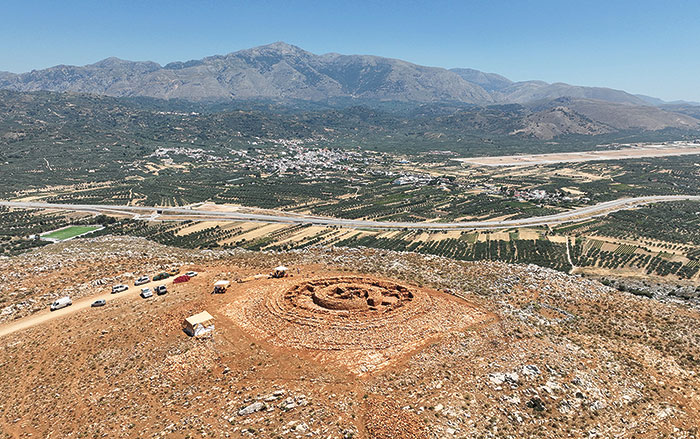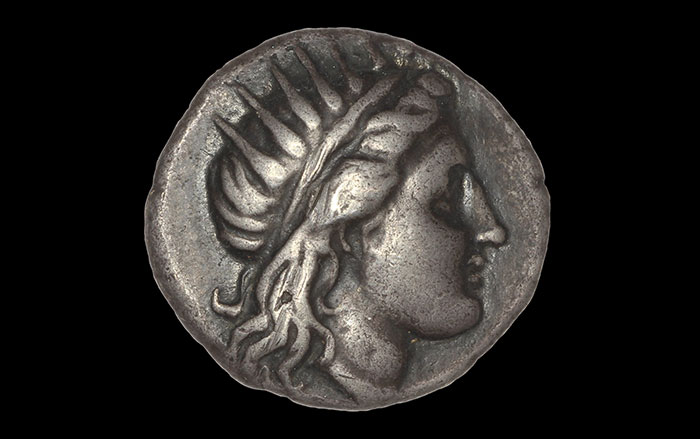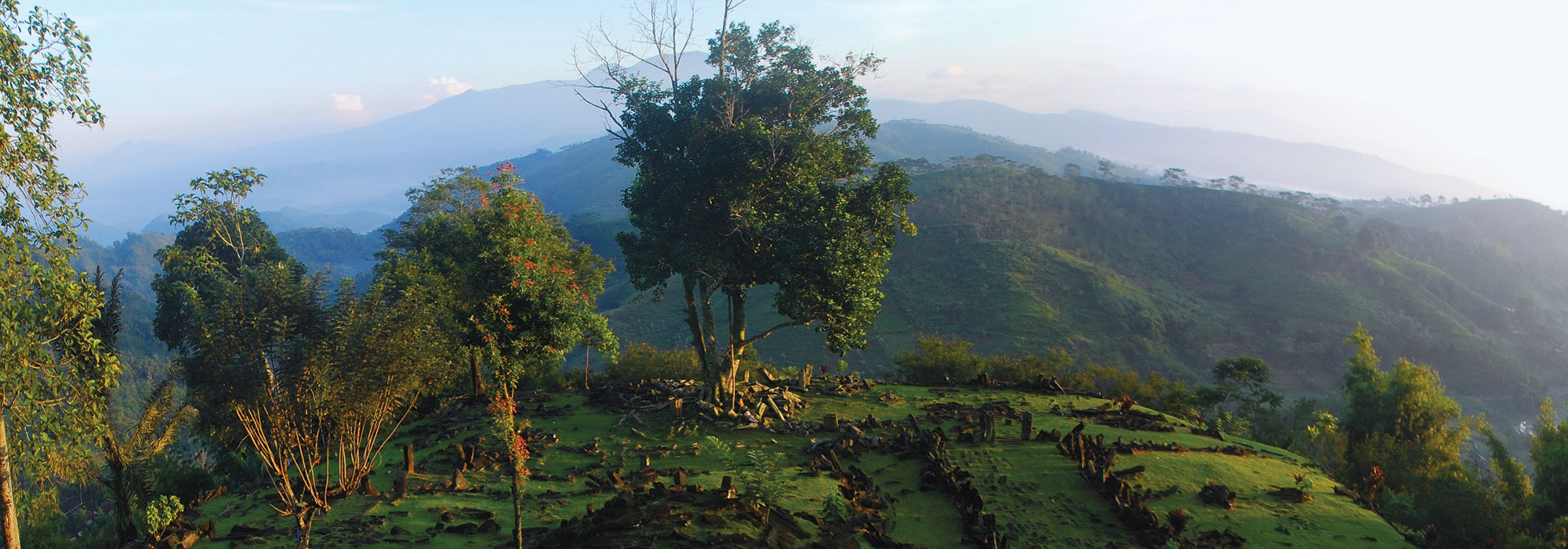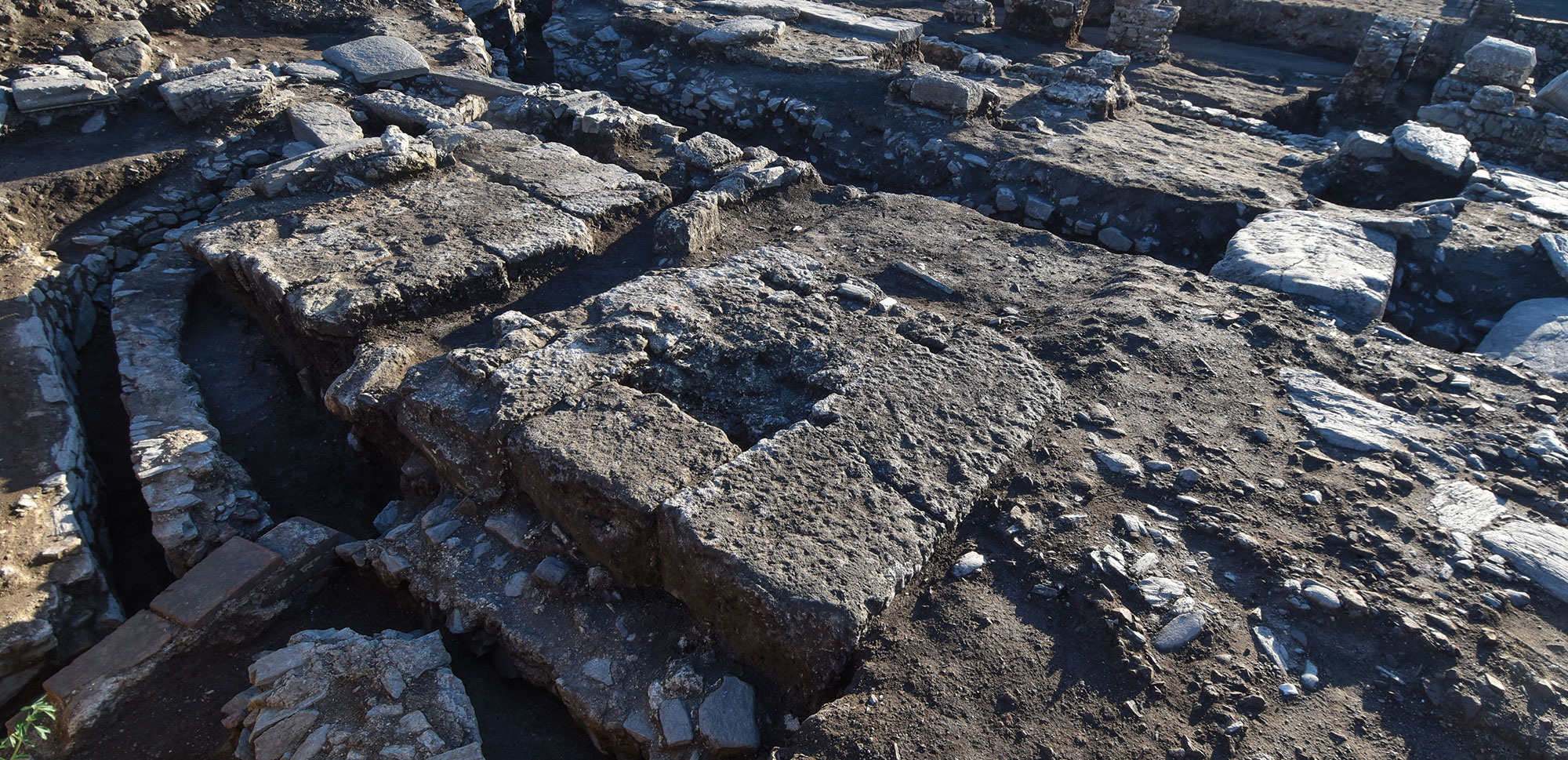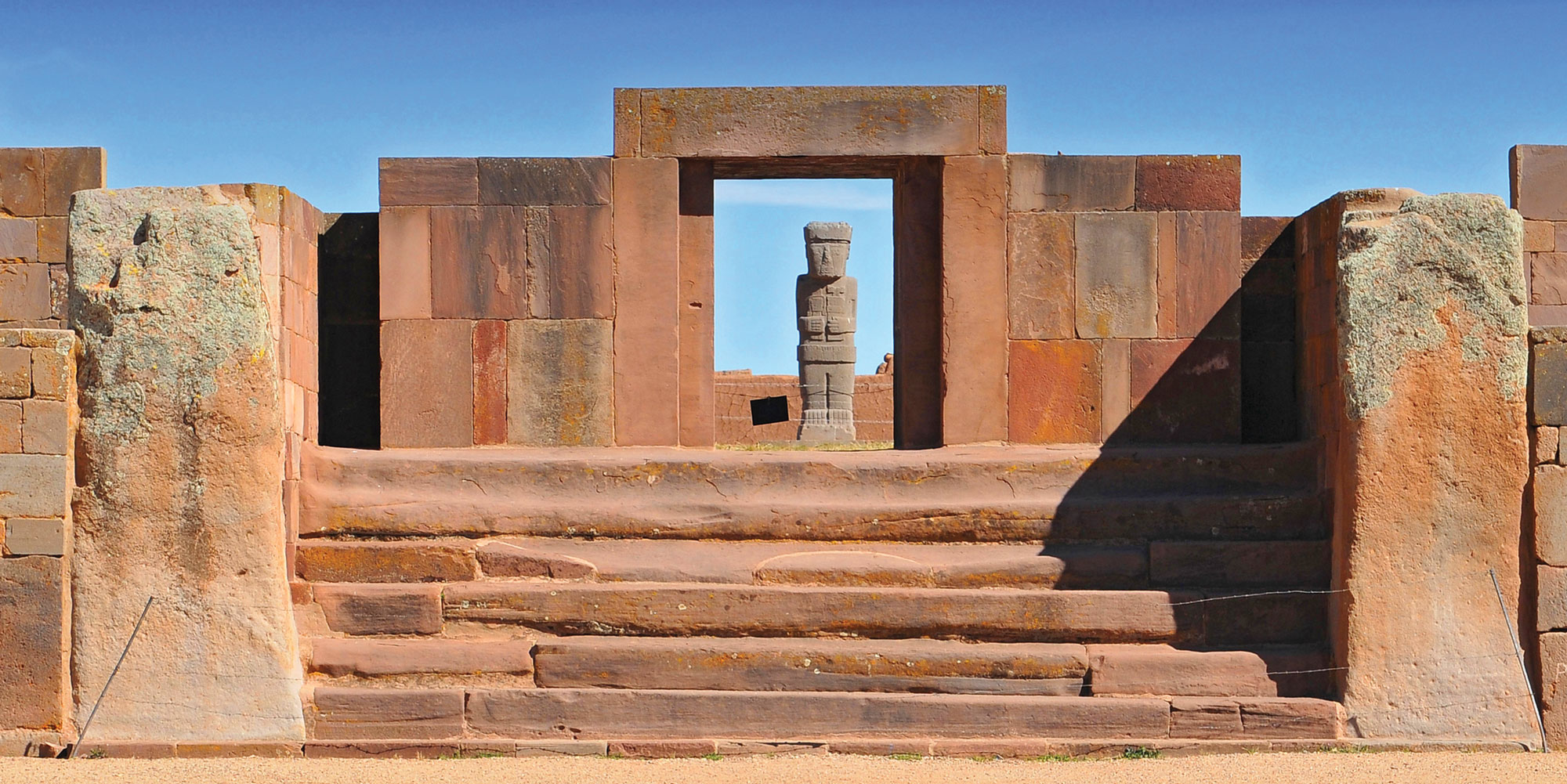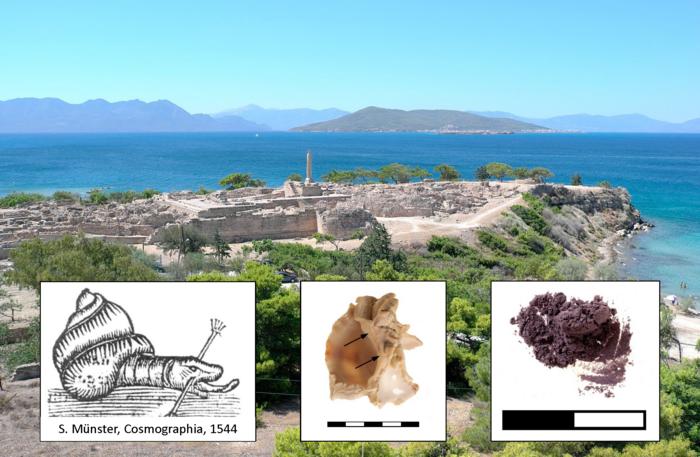
SALZBURG, AUSTRIA—According to a statement released by PLOS, a purple dye workshop dated to the sixteenth-century B.C. has been discovered on the Greek island of Aegina by Lydia Berger of Paris Lodron University and her colleagues. The researchers identified the workshop through the purple pigment preserved on ceramics that may have served as dye containers; grinding stones; a waste pit; and the crushed shells of marine snails. Most of these shells came from the banded dye-murex species of Mediterranean snail. The bones of young mammals, including piglets and lambs, were also recovered at the site. The animals are thought to have been sacrificed as offerings to protect the production process. Continued examination of the workshop is expected to provide additional insight into the techniques used to manufacture the valuable purple dye. Read the original scholarly article about this research in PLOS ONE. To read more about the Mediterranean's robust purple dye industry, go to "Letter from Israel: The Price of Purple."


